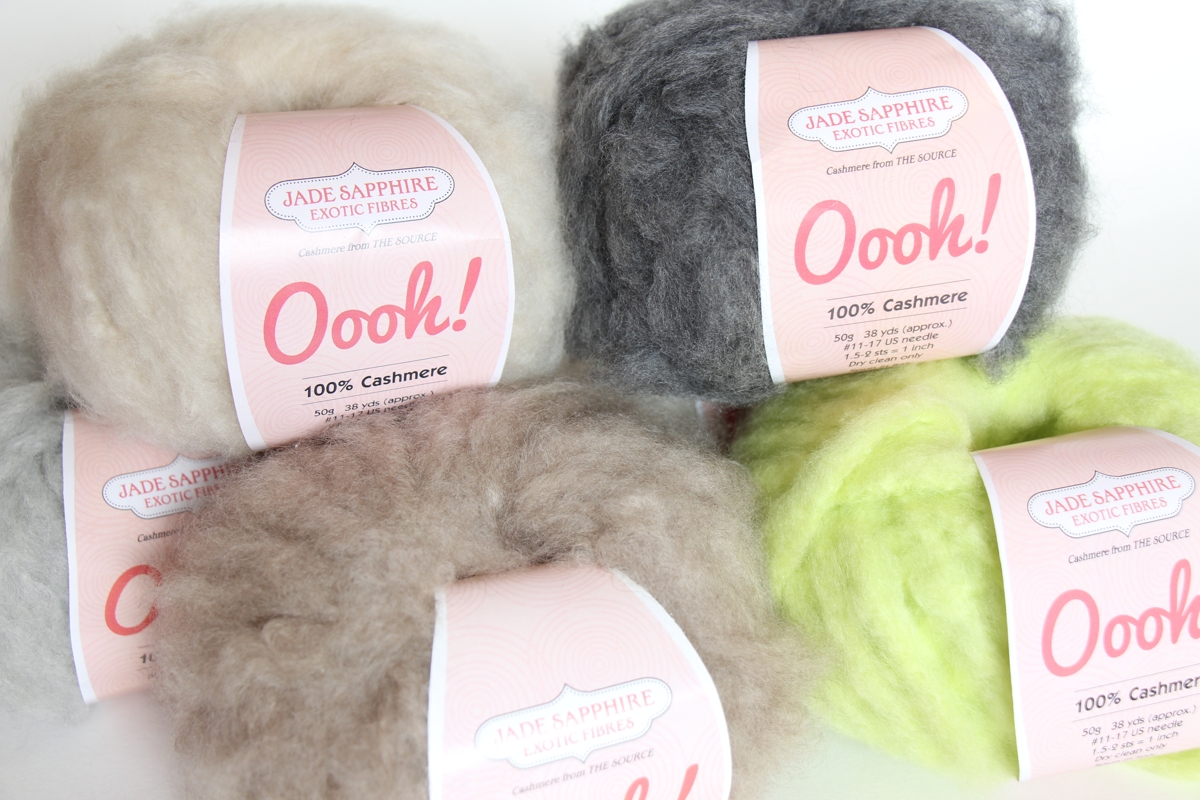The Exciting Process Behind Producing cashmere Fibre and Its Applications
Wiki Article
Checking Out the Numerous Types of Cashmere an All-natural Fiber for Ultimate Luxury
Cashmere, a natural fiber, is often related to high-end and comfort. Nonetheless, not all cashmere is created equal. From the richly soft Mongolian variety to the lightweight warmth of Indian Pashmina, each type provides its own one-of-a-kind functions and allure. The extra economical Chinese cashmere, the traditional Scottish version, and the premium Italian blend, all tell a different story of this amazing fiber. As we decipher the world of cashmere, a deeper understanding of its true value and elegance starts to emerge.Comprehending the Lavish Nature of Cashmere
Cashmere, frequently associated with deluxe and comfort, holds a special allure in the world of all-natural fibers. This soft, light-weight product is fancied for its phenomenal heat and impressive resilience. Unlike other all-natural fibers, cashmere combines insulation with breathability, using exceptional convenience throughout differing temperature levels. Its shiny coating and soft structure add to its high-end allure, validating the costs rate that usually includes cashmere garments. Furthermore, cashmere's intrinsic wrinkle resistance and flexibility enhance its worth, making it a favored selection for costs clothing and accessories. Despite its delicate look, cashmere possesses a shocking resilience, able to retain its form and glamorous feeling in time. This distinct blend of features cements cashmere's placement as a symbol of sophistication and extravagance.
Just What Is Cashmere and Where Does It Come From?

Given these remarkable top qualities, one may question concerning the beginning and make-up of this luxurious fiber. Cashmere is originated from the soft undercoat of cashmere goats, mainly discovered in Mongolia, China, Iran, and Afghanistan - is cashmere a natural fiber. These goats are adjusted to severe climatic conditions, generating an exceptionally fine, soft underfur as a protection versus the bitter cold. This underfur, or undercoat, is what is collected for cashmere. Each springtime, when the goats normally shed their winter months layer, farmers comb out the fine underhair, leaving the coarser hair behind. This precise process adds to the deficiency and high price of cashmere. With its origin in the severe landscapes of Asia, cashmere is a testament to nature's capacity to generate deluxe from hardship.
Deciphering the Different Kinds of Cashmere
Recognizing the different sorts of cashmere is key to appreciating the high quality and special features of this lavish fabric. Normally, cashmere is categorized right into 3 kinds: raw, virgin, and reused. Raw cashmere is directly gotten from the goat and is unrefined. This kind commonly has impurities such as dirt and crude hair. Virgin cashmere, on the various other hand, his comment is here is the pure, unrecycled product that is spun right into thread for the very first time. It is the softest and i was reading this most elegant. Lastly, recycled cashmere is made from virgin product that has actually been previously used. It is re-spun and used in producing lower-cost cashmere products. Translating these kinds is the very first step in comprehending the exclusivity and worth of cashmere.
The One-of-a-kind Characteristics of Each Kind of Cashmere
Having actually discovered the various categories of cashmere, it ends up being obvious that each type flaunts its special set of features. Mongolian cashmere, as an example, is renowned for its superior high quality, because of Mongolia's harsh winters that create longer and finer fibers. On the other hand, Chinese cashmere is typically more budget friendly, though its much shorter fibers can minimize sturdiness. Scottish cashmere is celebrated for its beautiful softness, an outcome of the typical water washing process utilizing Scotland's soft water. Italian cashmere, meanwhile, is popular for its skillful blending and tinting techniques, making it lively and flexible. Indian cashmere, additionally known as Pashmina, is valued for its unbelievable agility and heat. Each kind, thus, adds to the fabric's credibility for deluxe.Why Cashmere Is the Embodiment of Luxury in Style
Cashmere holds a prestigious position in the world of fashion, pertained to as a sign of luxury and elegance (is cashmere a natural fiber). Cashmere is obtained from the great undercoat of Himalayan goats, understood for their premium high quality fiber. Cashmere's exceptional comfort and sturdiness make it a popular material in the production of premium garments.The Refine of Making Cashmere: From Goat to Garment
The trip of cashmere, from being an undercoat of a Himalayan goat to a glamorous garment, is a detailed one. This mix is after that painstakingly separated, with only the soft down utilized for cashmere. From goat to garment, each step is a testament to the ability, perseverance and virtuosity involved in crafting cashmere.
Conclusion
Finally, cashmere, navigate to this site with its natural elegance and unmatched comfort, preponderates worldwide of deluxe style. The variety in types, ranging from the soft Mongolian, light-weight Indian Pashmina, affordable Chinese, traditional Scottish, to the vivid Italian, exposes the convenience of this natural fiber. The meticulous procedure of transforming it from a goat to a garment better contributes to its exclusivity, making cashmere the embodiment of class and deluxe.Cashmere, an all-natural fiber, is commonly associated with high-end and convenience (is cashmere a natural fiber).Cashmere, often connected with deluxe and convenience, holds a special appeal in the globe of natural fibers. Unlike other natural fibers, cashmere combines insulation with breathability, using unmatched convenience throughout differing temperature levels. Cashmere is derived from the soft undercoat of cashmere goats, primarily found in Mongolia, China, Iran, and Afghanistan. Cashmere is acquired from the fine undercoat of Himalayan goats, recognized for their superior top quality fiber
Report this wiki page